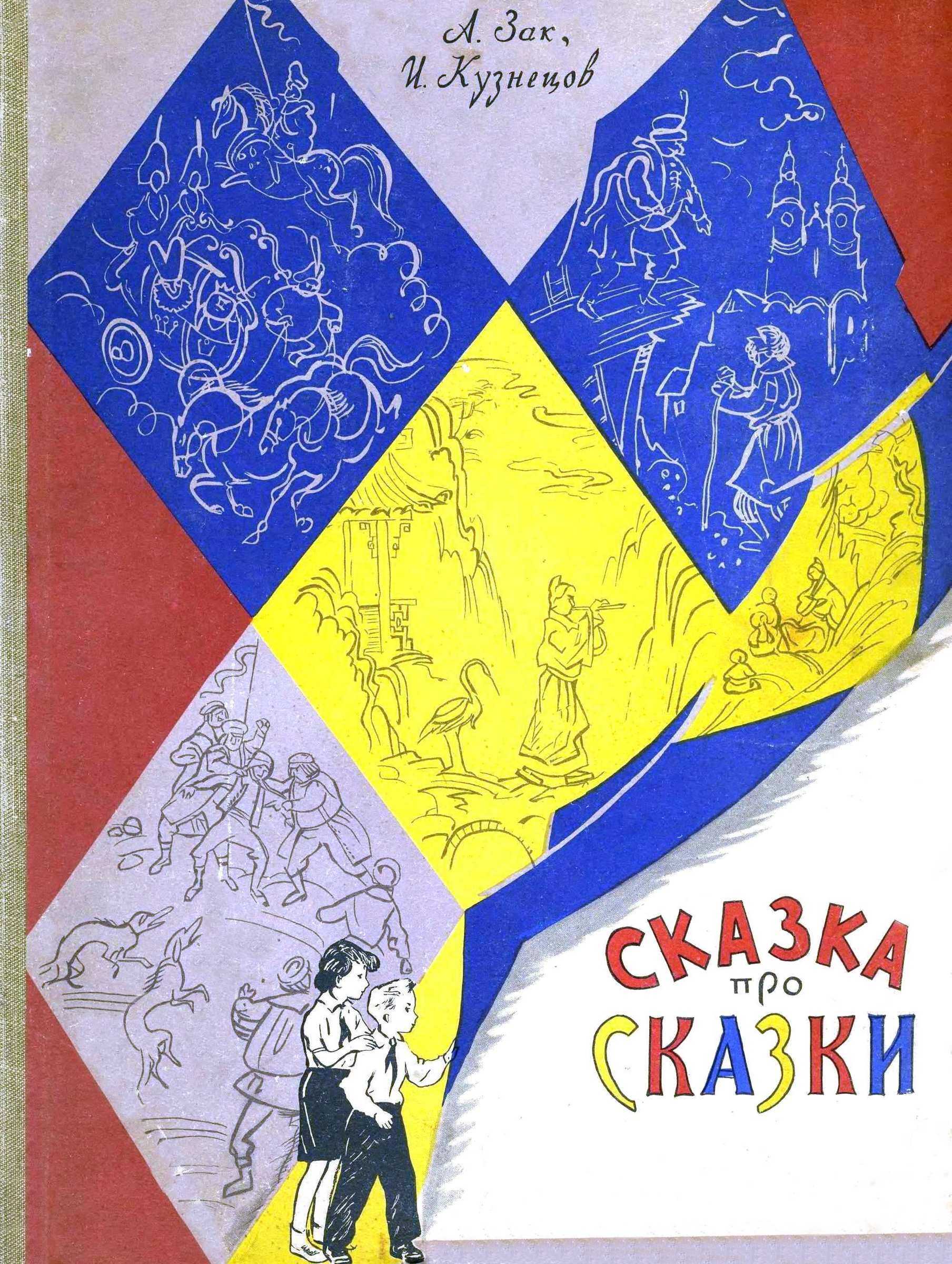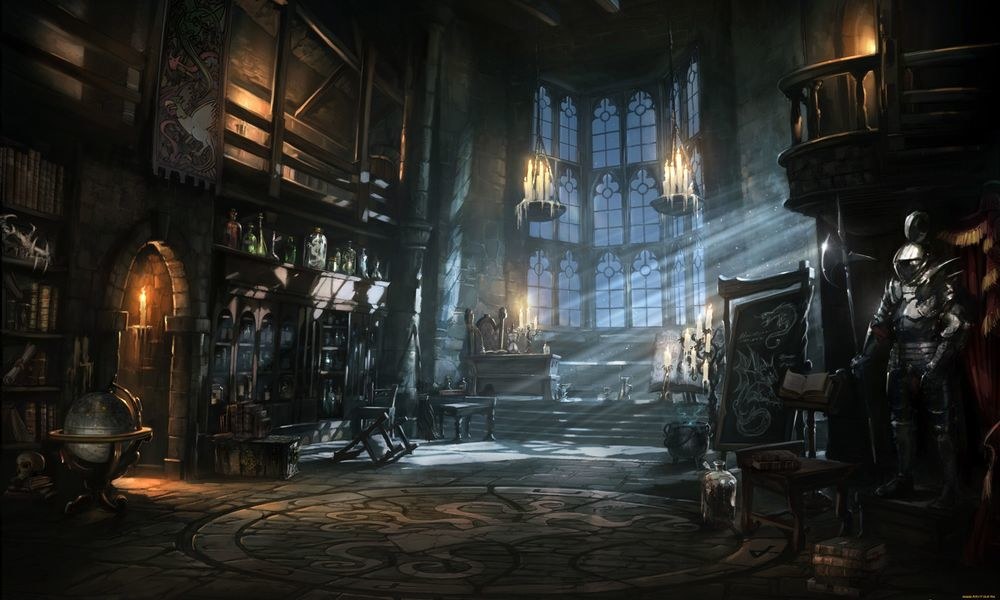Американская военная машина. Глубинная политика, глобальная связь ЦРУ с наркотиками и путь в Афганистан - Peter Dale Scott
Книгу Американская военная машина. Глубинная политика, глобальная связь ЦРУ с наркотиками и путь в Афганистан - Peter Dale Scott читаем онлайн бесплатно полную версию! Чтобы начать читать не надо регистрации. Напомним, что читать онлайн вы можете не только на компьютере, но и на андроид (Android), iPhone и iPad. Приятного чтения!
Шрифт:
Интервал:
Закладка:
38. Fineman, A Special Relationship, 182.
39. Interview with Bill Lair, 137–39.
40. McCoy, The Politics of Heroin, 184.
41. Fineman notes that the United States provided funds for two BPP-administered supplementary programs, a civilian-based Volunteer Defense Corps and a permanent program for schools, clinics, and infrastructure in northern hill tribe villages (Fineman, A Special Relationship, 182–83). But these programs fell under Phase I of PSB D-23, Some BPP trainees, however, were taught from the outset to “parachute behind enemy lines” (Lobe, United States National Security Policy and Aid to the Thailand Police, 24).
42. Sterling Seagrave and Peggy Seagrave, Gold Warriors: America’s Secret Recovery of Yamashita’s Gold (London: Verso, 2003), 3.
43. Amy B. Zegart, Flawed by Design: The Evolution of the CIA, JCS, and NSC (Stanford, CA: Stanford University Press, 1999), 189, citing Christopher Andrew, For the President’s Eyes Only (New York: HarperCollins, 1995), 172. See also U.S. Congress, Senate, Select Committee to Study Governmental Operations with Respect to Intelligence Activities, Final Report, April 26, 1976, 94th Cong., 2nd sess., Senate Report No. 94-755, bk. 4, 28–29.
44. Chalmers Johnson, “The 1955 System and the American Connection: A Bibliographic Introduction,” Japan Policy Research Institute, JPRI Working Paper no. 11, July 1995, http://www.jpri.org/publications/workingpapers/wp11.html:
These issues reentered the news when the New York Times published [on October 9, 1994] its “C.I.A. Spent Millions to Support Japanese Right in 50’s and 60’s,” by Tim Weiner, Stephen Engelberg, and James Sterngold. This report did not say anything that had not been strongly suspected earlier, but it quoted some important participants, including Alfred C. Ulmer, Jr., the CIA’s operations chief for East Asia from 1955 to 1958; Roger Hilsman, the head of Intelligence and Research at the State Department in the Kennedy and Johnson administrations; and U. Alexis Johnson, American ambassador to Japan from 1966 to 1969. Each acknowledged making or authorizing payoffs to the LDP [Liberal Democratic Party] from 1955 to approximately 1972.
Cf. Tim Weiner, Legacy of Ashes: The History of the CIA (New York: Doubleday, 2007), 116–21: this is a watered-down account, alleging wrongly that the CIA connection to Yoshio Kodama (part of the global drug connection and a major source of illicit funds) “was severed” in 1953.
45. Norbert A. Schlei, “Japan’s ‘M-Fund’ Memorandum,” January 7, 1991, Japan Policy Research Institute, JPRI Working Paper no.11, July 1995, http://www.jpri.org/publications/workingpapers/wp11.html:
In the early postwar period, General MacArthur saw that financial aid would be required in order to develop democratic institutions in Japan and to rebuild its devastated economy. Primarily because some of these funds would be used to finance political activity deemed necessary to get democratic forces off to a good start, General MacArthur became convinced that it was essential to establish a secret fund. Such a fund was duly created, utilizing primarily money and property that had been in the possession of the Japanese armed forces at war’s end after having been seized during the war in occupied areas such as China, Korea, Taiwan and the Philippines. This wealth, which was turned over to the U.S. at war’s end, was not on Japan’s books as a nation and was available for use by MacArthur without the need of any public legislative action in the United States.
46. Johnson, “The 1955 System and the American Connection.” I have not seen—and Worldcat is not aware of—Hajime Takano, M-Fund: The Unknown World of Underground Finance. Cf. Eiji Takemae: “As an academic, it’s not a subject about which I can publish” (“On the M-Fund,” Japan.Inc, http://www.japaninc.com/article
.php?articleID=1327).
47. Declan Hayes, The Japanese Disease: Sex and Sleaze in Modern Japan (Bloomington, IN: iUniverse, 2005), 262. Cf. David E. Kaplan and Alec Dubro, Yakuza: The Explosive Account of Japan’s Criminal Underworld (Reading, MA: Addison-Wesley, 1986), 68. Both Kodama and the Li Mi KMT troops in Burma were engaged in supplying the CIA with tungsten, a strategic metal then in short supply (Jonathan Marshall, “Opium, Tungsten, and the Search for National Security, 1940–52,” in Drug Control Policy: Essays in Historical and Comparative Perspective, ed. William O. Walker III [University Park: Pennsylvania State University Press, 1992], 100–104).
48. For the extraordinary story of Schlei’s conviction, see Los Angeles Times, April 21, 2003; Johnson, “The 1955 System and the American Connection”; Seagrave and Seagrave, Gold Warriors, 130–37.
49. As mentioned previously, Corson mentions this as a possible explanation for the Killam murder and CIA “Thai flap” of 1952 (William R. Corson, The Armies of Ignorance: The Rise of the American Intelligence Empire [New York: Dial, 1977], 323).
50. Interview with Bill Lair, 137–39.
51. McCoy, The Politics of Heroin, 186.
52. Interview with Bill Lair, 139.
53. Darrell Berrigan, “They Smuggle Drugs by the Ton,” Saturday Evening Post, May 5, 1956, 42, 156–57. Before the tenth session (1955) of the UN Narcotics Commission, the U.S. representative noted that from 200 to 400 tons of opium were imported annually south into Thailand across the Burma–Laos border, of which only 100 tons were consumed in Thailand itself (UN Document E/CN.7/303/Rev. 1, 34). The mule train out of the barely accessible KMT camp must have been impressive. An earlier caravan carrying only six and a half tons required 180 mules (Andrew D. W. Forbes, “The ‘Cin-Ho’ [Yunnanese Chinese] Caravan Trade with North Thailand during the Late Nineteenth and Early Twentieth Centuries,” Journal of Asian History 27 [1987]: 25).
54. At the same time, his candid admission in his oral interview that he obtained the reward for seizing forty tons of opium was
Прочитали книгу? Предлагаем вам поделится своим отзывом от прочитанного(прослушанного)! Ваш отзыв будет полезен читателям, которые еще только собираются познакомиться с произведением.
Уважаемые читатели, слушатели и просто посетители нашей библиотеки! Просим Вас придерживаться определенных правил при комментировании литературных произведений.
- 1. Просьба отказаться от дискриминационных высказываний. Мы защищаем право наших читателей свободно выражать свою точку зрения. Вместе с тем мы не терпим агрессии. На сайте запрещено оставлять комментарий, который содержит унизительные высказывания или призывы к насилию по отношению к отдельным лицам или группам людей на основании их расы, этнического происхождения, вероисповедания, недееспособности, пола, возраста, статуса ветерана, касты или сексуальной ориентации.
- 2. Просьба отказаться от оскорблений, угроз и запугиваний.
- 3. Просьба отказаться от нецензурной лексики.
- 4. Просьба вести себя максимально корректно как по отношению к авторам, так и по отношению к другим читателям и их комментариям.
Надеемся на Ваше понимание и благоразумие. С уважением, администратор knigkindom.ru.
Оставить комментарий
-
 Гость Маргарита15 декабрь 11:20
Ну хотелось бы более внятного текста. Сотрудник ОБЭП не может оформить документы на пекарню в деревне?!?! Не может ответить...
Развод и запах свежего хлеба - Юлия Ильская
Гость Маргарита15 декабрь 11:20
Ну хотелось бы более внятного текста. Сотрудник ОБЭП не может оформить документы на пекарню в деревне?!?! Не может ответить...
Развод и запах свежего хлеба - Юлия Ильская
-
 машаМ13 декабрь 06:46
В целом неплохо хотя очень мало динамики.лишь конец романа был очень волнующим....
Оставь для меня последний танец - Мэри Хиггинс Кларк
машаМ13 декабрь 06:46
В целом неплохо хотя очень мало динамики.лишь конец романа был очень волнующим....
Оставь для меня последний танец - Мэри Хиггинс Кларк
-
 Гость Анна12 декабрь 20:33
Не советую, скучновато, стандартно...
История «не»мощной графини - Юлия Зимина
Гость Анна12 декабрь 20:33
Не советую, скучновато, стандартно...
История «не»мощной графини - Юлия Зимина










